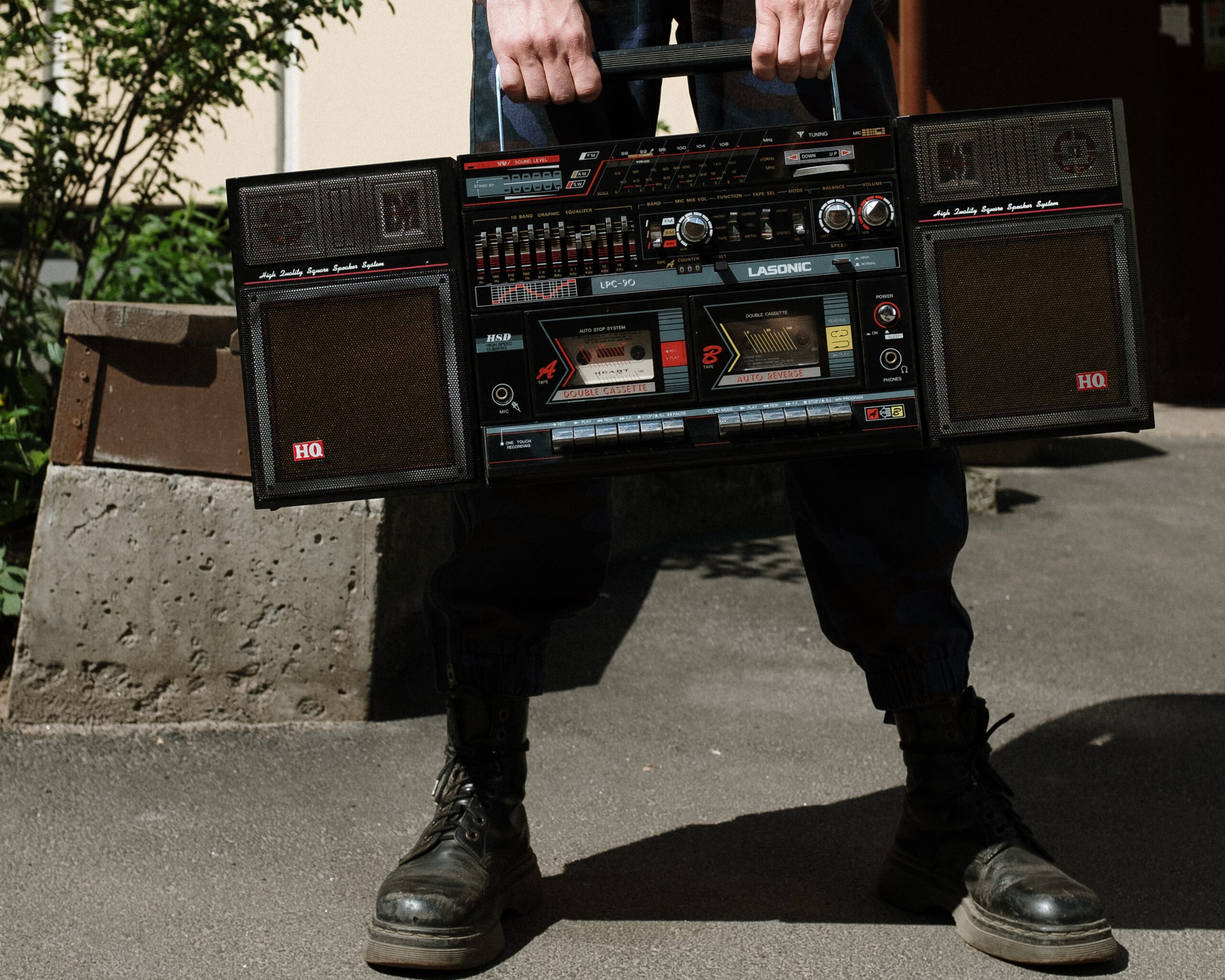SUSTAINABLE FASHION BEING MORE 'EXPENSIVE' IS ACTUALLY A MYTH
Date
- Published June 1st, 2021
'A myth is a religion which no one any longer believes'
James Feibleman

Sustainable fashion is helping us see how clothing, shoes, and other fashion accessories can be produced in a manner that ensures effective management of resources both environmentally and socioeconomically. It also involves taking a more sustainable approach towards the distribution and consumption of these fashion items as well as ensuring that factory garment workers are paid fairly and have comfortable working conditions. One of the most popularly believed statements concerning the topic of sustainable fashion is that it is more “expensive” than fast fashion. It may surprise you to know that this is actually a myth and the truth is quite the opposite. Here’s how:
Debunking the Myth: Sustainable Fashion is More “Expensive”
It’s important to understand that the major reason this myth even exists is because people tend to compare the price of sustainable pieces of clothing with the prices of fast fashion items.
Typically, sustainable fashion items cost more, but this is because fast fashion is abnormally cheap. Fast clothing is often made with cheap synthetic fibers such as nylon, polyester, and lycra, instead of natural fibers so as to cut down costs of production. These synthetic fibers contribute to microplastic pollution which can end up contaminating the ocean and other waterways. In a bid to further lower production costs so they can be sold at ridiculously low prices, these fast fashion items are made by heavily underpaid workers who are also subjected to harsh working conditions. All these practices go against the preachings of sustainable fashion.
Sustainable clothing is made from eco-friendly materials such as non-endangered fiber crops or recycled materials. The workers who make them are also paid fair wages and have good working conditions. Because no short-cuts are taken in the production of this type of clothing, the cost per item is generally higher than fast fashion pieces. However, this doesn’t mean that sustainable fashion is more expensive as the myth has led many to believe.
In fashion, there’s a concept known as “Cost Per Wear” (CPW). It’s a pretty simple concept that helps you understand the true price of your clothing items. It can be calculated by dividing the price of the item by the number of times you wear it. The lower the CPW of an item is, the more cost-effective it is. CPW helps to prove that buying a cheaper item could sometimes cost more in the long run while buying a more expensive one could end up costing less. For instance, a fast fashion top that costs €10 will most likely turn out shrunken, ripped or practically unwearable after a few spins in the laundry. So assuming you manage to wear this top 10 times, the CPW will stand at €1. On the other hand, a sustainable fashion top that costs €30 will remain intact after several spins in the laundry and serve you for longer. You’ll probably be able to wear it up to 45 times and that puts the CPW at €0.67. We have, thus, proven that sustainable fashion is actually less expensive than fast fashion.
Besides the concept of cost per wear, another sustainable approach to fashion involves buying fewer clothing items. About 100 billion garments are produced globally every year, and over sixty percent of these garments end up in landfills. Reducing the quantity of clothes you buy helps to lower the demand for clothes which in turn lowers production and supply. By doing this, landfills fill up slowly and the rate of pollution is reduced. Additionally, if you wish to keep adding new fashion item to your wardrobe, you can go for secondhand or pre-loved items instead of purchasing new items. Purchasing secondhand clothing not only extends the life of these items but also lowers the environmental footprint of your wardrobe. You’ll also often find high quality secondhand items that cost lower than fast fashion.




